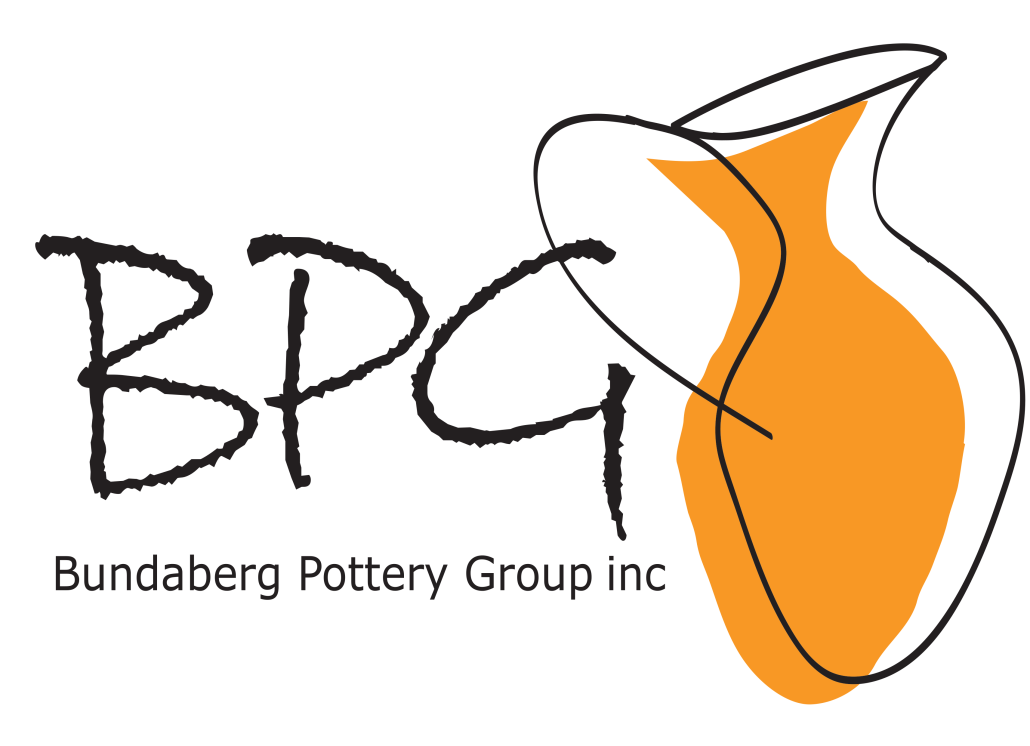Bundaberg Pottery Group Inc.
95c Walker St, Bundaberg, QLD, Australia
Email: admin@bundabergpotterygroup.com.au
Acknowledgement of Country
In the spirit of reconciliation, the Bundaberg Pottery Group Inc. acknowledges the Traditional Custodians of the country throughout Australia and their connections to land, sea and community. We pay our respect to their elders past and present and extend that respect to all Aboriginal and Torres Strait Islander peoples today.

Anne’s Tips
Anne’s Tips. Preparing Glaze Fired Pottery for Re-glazing Sometimes a one-time glaze and firing does not produce the desired result. The colour is either too bland, the texture is not found, or there are simply too many errors.
Janet’s Knowledge
Janet’s Knowledge. The difference between an underglaze and a glaze or body stain is 10% of a product called underglaze flux is added to the underglaze. There is no difference between a glaze stain and a body stain, except some glaze stains will not colour a slip or clay body and produce the same colour that is produced in a glaze.
Pottery Etiquette
Pottery Etiquette. We are always growing so it’s nice to learn or know new practices to help us all work together. Never just drop your clay on the work tables especially when potters are working or have work on the tables as this can cause damage to work.
Alternative Firing
Alternative Firing consists of many different forms of firing, such as raku, Horsehair, Obvara, naked raku, Saggar, and woodfire, to name a few methods that we have used at the club.
Kiln Loading
Many people, old and new to pottery, often wonder why their wares haven’t been fired when it seems like everyone else gets theirs done.
I certainly can assure you it is not favouritism but practicality, whether the item is dry enough or has its bottom cleaned of glaze, how much is on the shelves to be fired, and the date it was placed on the shelf.
The loading of a kiln requires a lot of spatial awareness as to how wares can fit in, which can take quite some time for the kiln loader.
You have just started Pottery . . .
Clay has many different “recipes”, While one can dig one’s own clay, the majority of potters buy one of the many varieties available. The clays we buy are formulated to give predictable properties. To work the clay, it is important that the moisture content is right. Too wet, and it won’t hold a shape, as you work it is important to keep your work from drying out by covering it, especially when it is hot and windy.
Wood fired ceramics
For thousands of years, humans have made and appreciated wood fired ceramics. Since the invention of electric and gas kilns, wood fired ceramics have become a rarer art form. As a consequence, their unique beauty is highly valued by makers and collectors throughout the world.
Wood fired pottery is pottery that has been fired in a kiln fuelled by burning timber. This makes it different from other forms of ceramics, which have been fired in kilns using other sources of heat, most commonly electricity or gas.